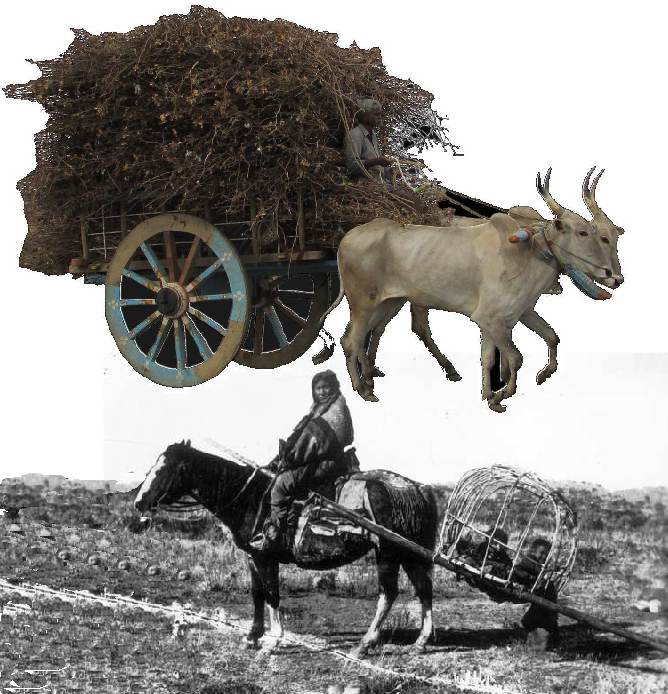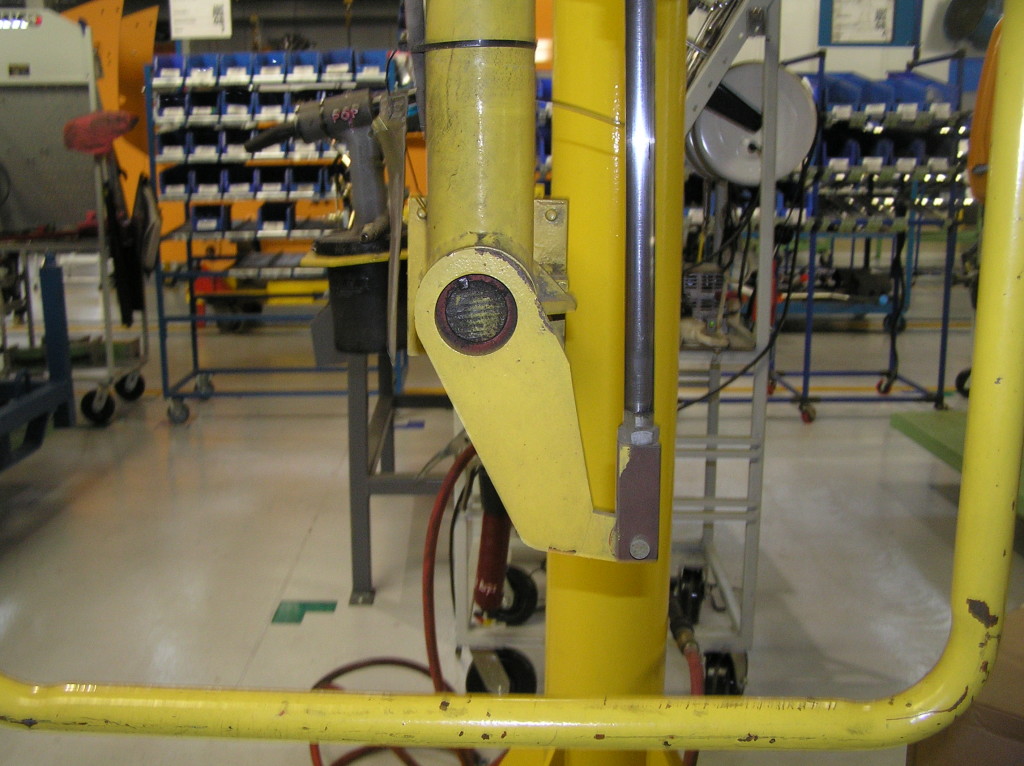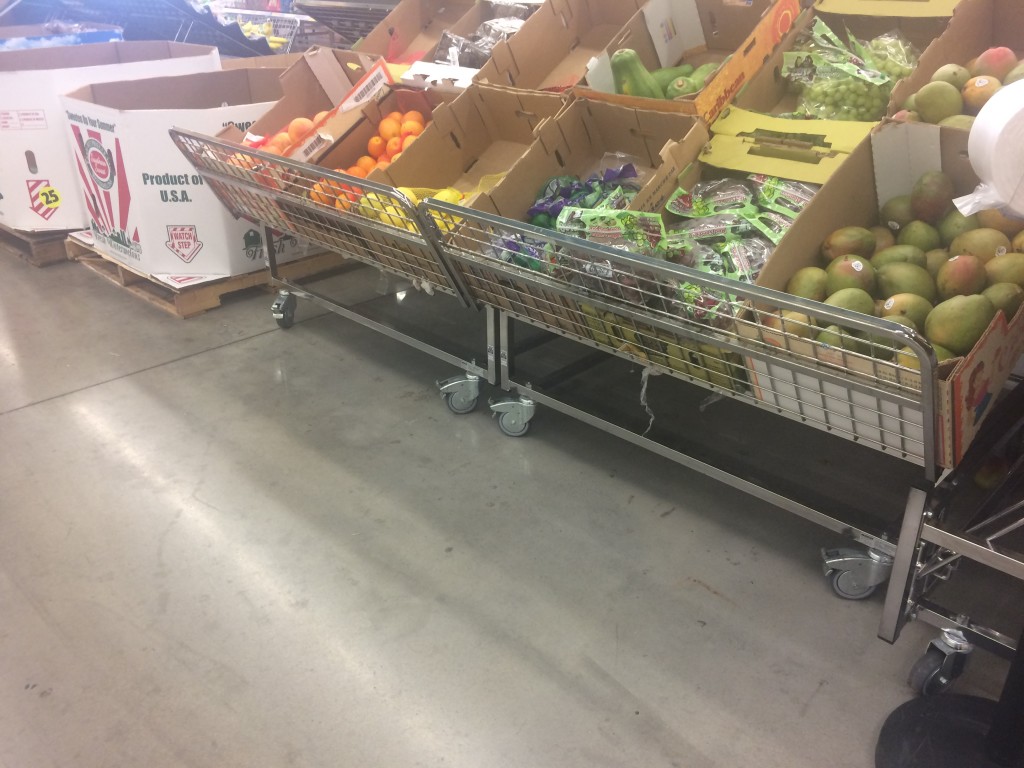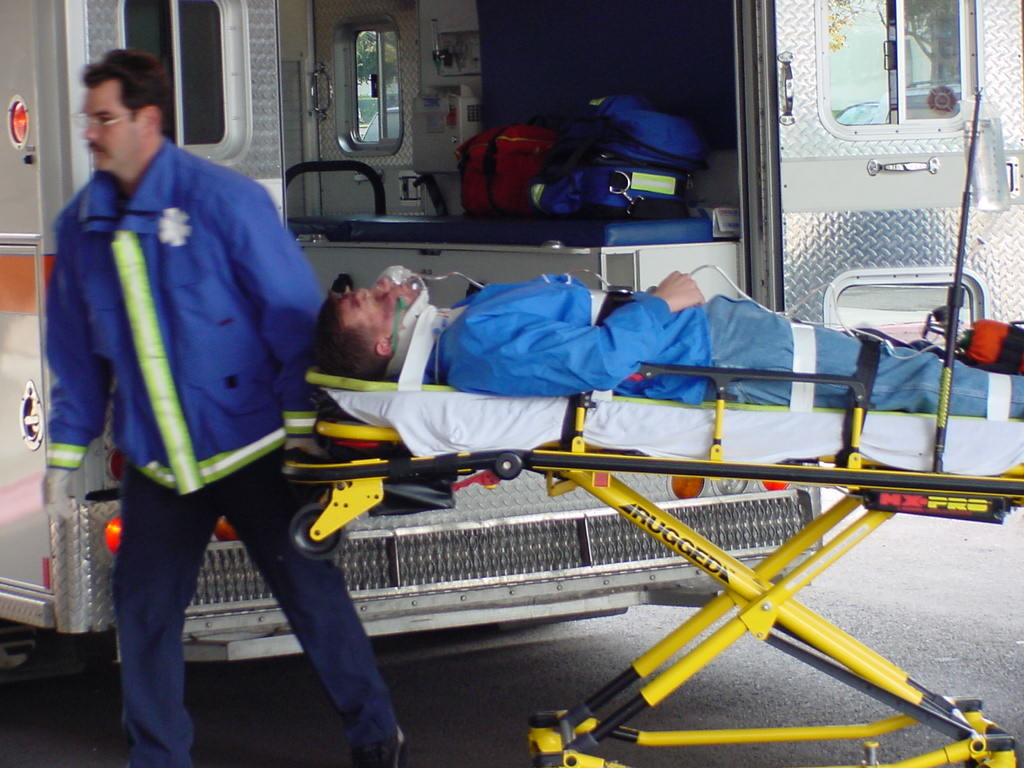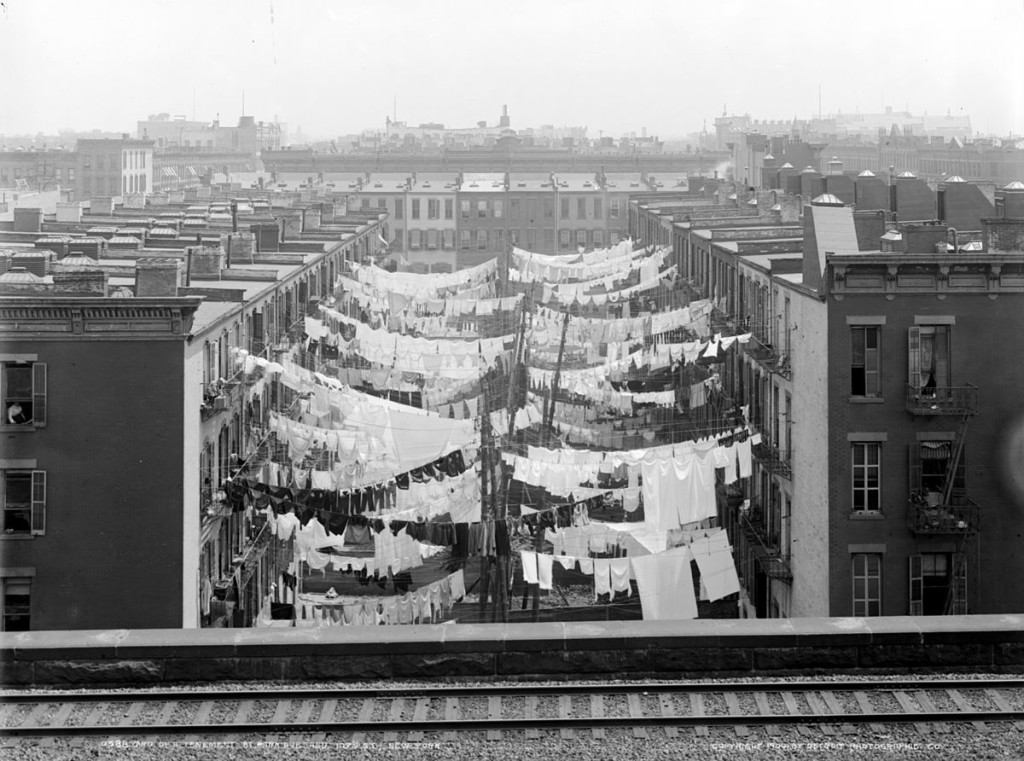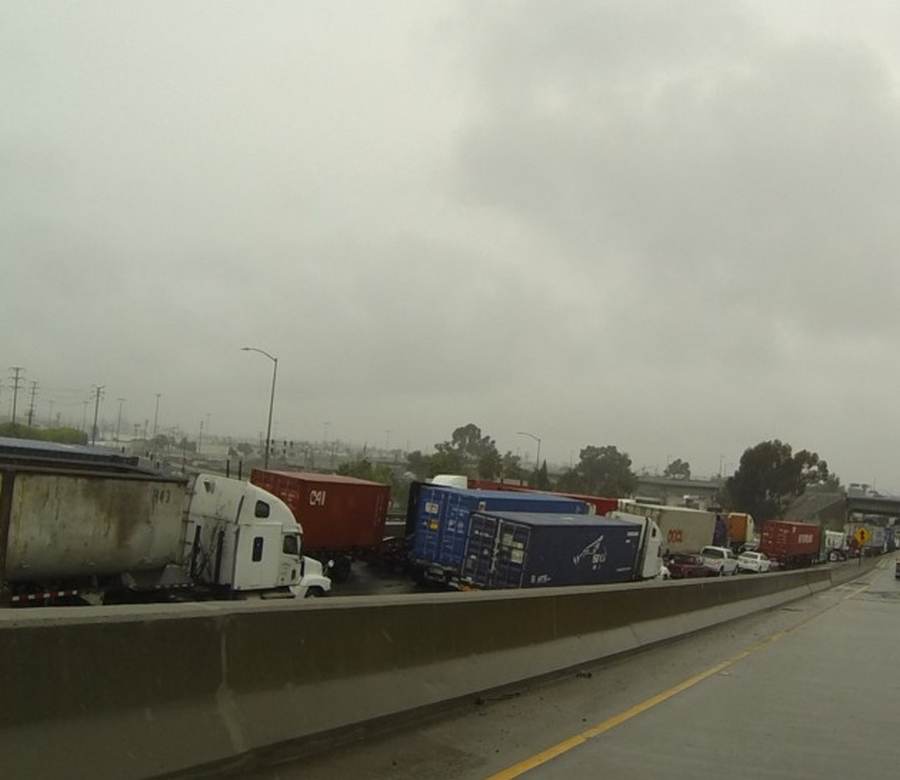Carts
Aside
Reply
The wheel is always touted as a revolutionary invention. However the wheel without the cart is just a lawn ornament. Combining the wheel with a cart creates the advantage that makes it possible to transport additional material. The Indian travois is an example of a transport device that predates the wheel. As you can see from the comparison picture it only carries a fraction of the weight that a cart can handle.
When I began my career in automotive parts manufacturing, it was possible to accurately predict both the design of the manufactured part and the volume required five years into the future. It is not surprising that we created some plants where both the layout and the equipment were locked in place. My modular process equipment designs that could be moved with a lift truck were considered radical. This is not true today. In this era of mass customization the entire manufacturing floor is set up like roller derby. It is not just the “in process” material that is delivered on carts. Most of the equipment, racks and tables are also on carts.. The locations of these carts is regularly rearranged to match both the volume and the option mix of the customer orders. In this lean era we cannot afford any loss of time related to an inefficient or unbalanced assembly line. The other benefit was unplanned. It is very easy to achieve a through floor cleaning by pushing the equipment out of the way.
The use of carts has spread to the grocery store. Successful grocery stores have discovered that you can increase sales by rearranging the stock on a regular basis. They always seem to do it when you are in hurry. A quick trip turns into a scavenger hunt. Innovation is all about finding a new way to sort the stuff. Not only to they use carts to deliver the merchandise, but the shelves themselves are now on wheels.
Carts are affordable mobility on demand. Yes, it is possible to move the items that surround us with modern equipment like cranes. In most cases a crane is not available when you need one. Going back to the wheel and cart that began our engineering revolution, we can arrange our world around us. You never know a cart may save your life.

